Codenames (Czech Games Edition, 2–8 players, 15 minutes) – Codenames by Czech Games Edition has made a big splash since its release. It was designed by Vlaada Chvátil, who’s known for designing very heavy, very complex strategy games...but it’s a simple word-association game that’s fantastic for parties. Players split into two teams and each team nominates a spymaster. Both spymasters know the identity of their team’s spies, represented by 25 “codename” cards on the table. It’s the spymaster’s job to give one-word clues to the rest of their team in an effort to get them to choose the right cards. If your team picks the right cards faster than the opponent, you win. It’s that simple. But it also has a few surprises up its sleeve. If either team picks the codename that represents the double agent, they immediately lose. And spymasters can give one-word clues along with a number (like “alligator, three”) to let their team know to look for more than one card using that same clue. It’s a fast-paced game that plays up to eight people and can be taught in just a few minutes. With follow-up versions with themes like Disney, Marvel, Harry Potter, and After Dark, you’ll never run out of hilarious combinations of cards to play with.
Hosting a Party? Have One of These Games on Hand

Where did you play your first modern board game? I’m not talking about Monopoly or Scrabble. I mean something designed in the past 20 years. There’s a very good chance you played it at a party. Lots of people get introduced to board games at parties — probably because board games are such great party activities. They bring people together, get everyone talking and laughing, and put people in hilariously weird situations.
The eight board games listed here will do all of those things, and if you’re looking for a game to keep on hand for a party (or when you just have a couple of friends over), give these a look.
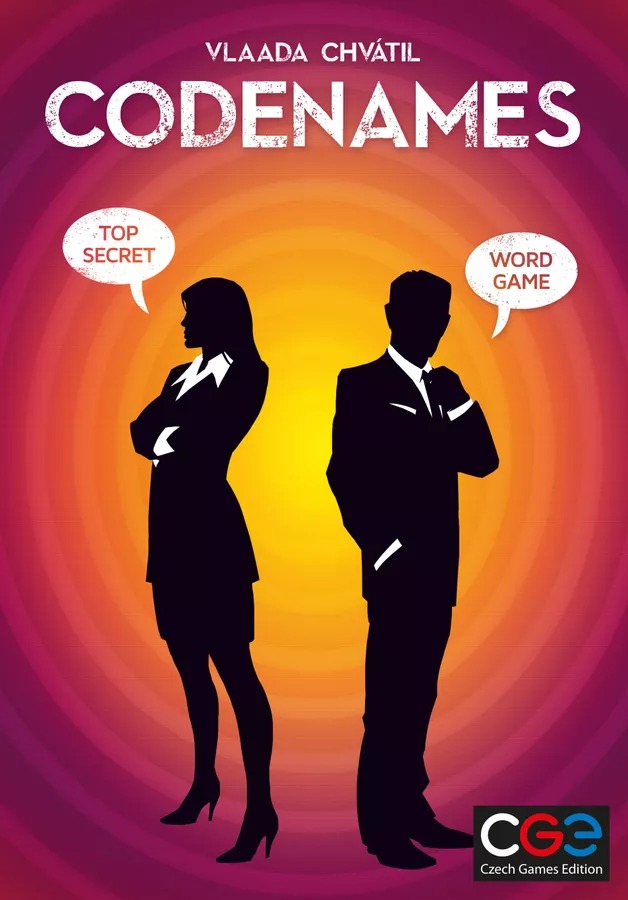
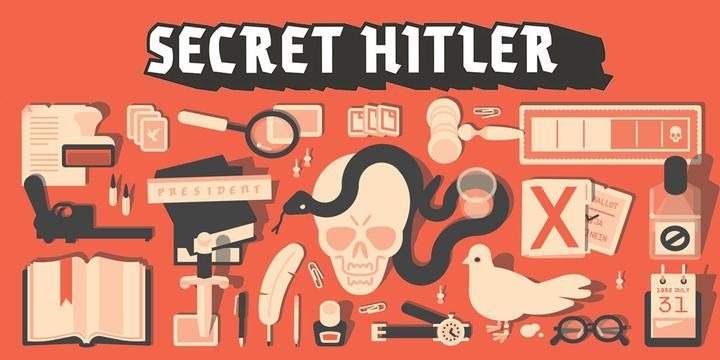
Secret Hitler (Goat Wolf & Cabbage, 5–10 players, 45 minutes) – Another party game that’s made quite a name for itself is Secret Hitler. Players are randomly put into two groups: liberals and fascists. One player gets the Secret Hitler card. The fascists need to install Secret Hitler as their leader before the liberals figure out who the Führer is. Players use political intrigue and special rules to figure out who’s who. The role of president rotates around the table, but they get to nominate a chancellor to work with. If the president and chancellor enact fascist policies, they could be fascists — or they may have simply been dealt bad cards. Can you trust them when they say they had no choice? Both teams race to pass their own policies while the fascists gain new powers as the game goes on. It’s a tense race that’s full of suspicion and subterfuge, and it plays up to ten players.
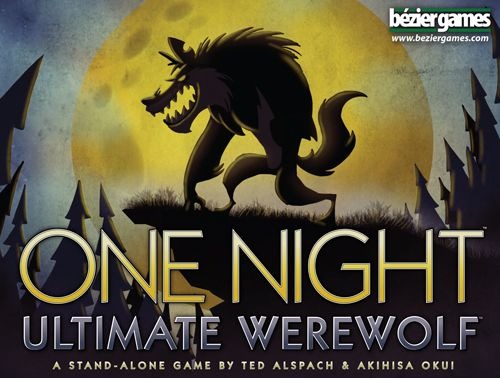
One Night Ultimate Werewolf (Bézier Games, 3–10 players, 10 minutes) – If you’ve ever played Mafia or something like it, you know the basics of One Night Ultimate Werewolf. Each player is dealt a card that defines their role: werewolf, troublemaker, seer, or villager. If the villagers find the werewolf, they win. If the werewolf survives, the werewolf wins. It’s that simple. But the One Night series from Bézier Games throws in special powers, a companion app, and lots of different themes and roles that you can combine; why not try One Night Ultimate Vampire/Werewolf? Or One Night Ultimate Alien/Daybreak? There’s a reason this is one of the most popular party games out there. It’s super fast to teach, plays up to ten players, and each round only takes about ten minutes. If you like party games and you don’t have this in your collection, you’re missing out.

BANG! (dV Giochi, 4–7 players, 20–40 minutes) – A deck of cards. A Spaghetti Western theme. And a bunch of other players who are hoping to shoot you before you shoot them. That’s BANG! by dV Giochi. At the beginning of the game, everyone gets a role with a unique victory condition. So you might be trying to eliminate the outlaws and renegades. Or kill the sheriff. Or protect the sheriff. Whatever your goal, you’ll complete it by drawing cards to shoot at other players, upgrade your gun, hide behind barrels, or ride away on a horse. You’ll also use your character’s special powers. This is a quick game that anyone can learn and play. It only takes around 30 minutes to play, and it’s a great game for a competitive group. There’s very little working together — just grab your gun, start shooting, and hope you’re the last one standing!
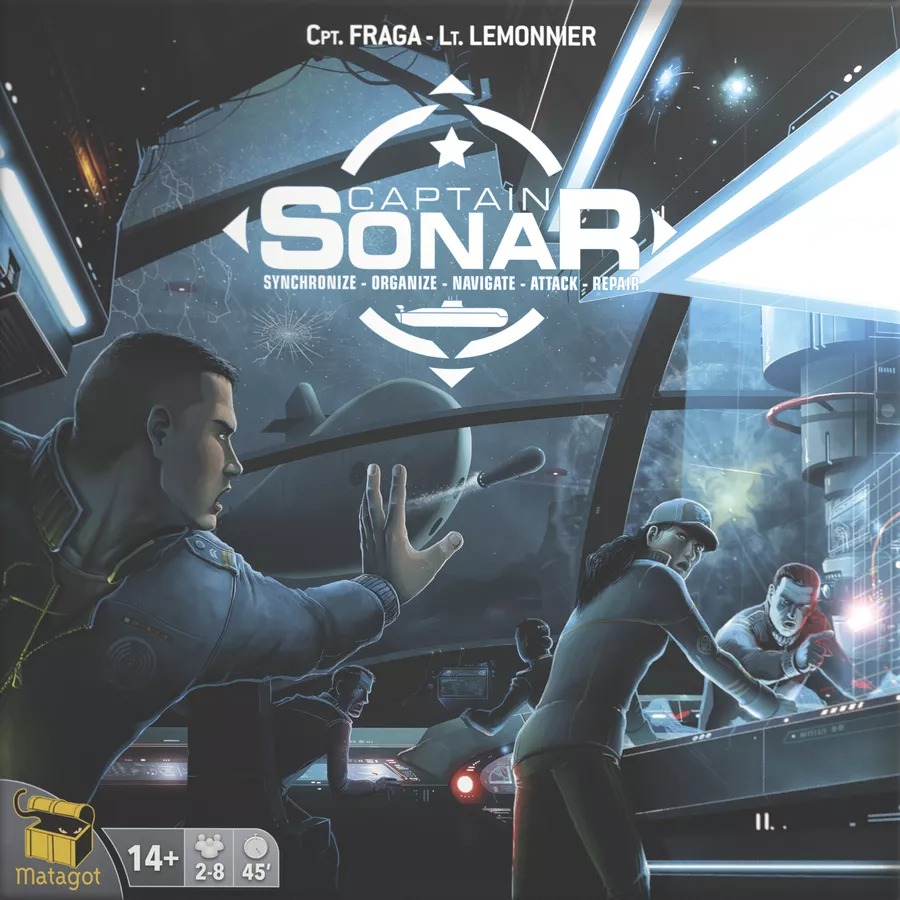
Captain Sonar (Matagot, 2–8 players, 45–60 minutes) – You have to be willing to invest some time and effort in this one, but it’s absolutely worth it. It’s unpredictable, difficult, hilarious, and tense. Two teams crew opposing submarines. As a Captain, Chief Mate, Radio Operator, or Engineer, you’ll need to make fast decisions (that often involve shouting) while trying to keep an ear out for what your opponents are doing. If you can manage the chaos and score a few hits with your torpedoes, you’ll sink your opponent and win. It’s hard to accurately describe what a game of Captain Sonar is like. You’re flying blind, unsure of where your opponent is. You get occasional hints based on what you overhear. You’ll mistime things, make bad decisions, get lucky guesses, and feel the thrill of victory when you land a successful hit. It’s madness and an absolute blast. Matagot’s Captain Sonar is best with eight people — both subs get a full crew of four. But you can also play with four or six (though I can’t vouch for how much more difficult that will be).
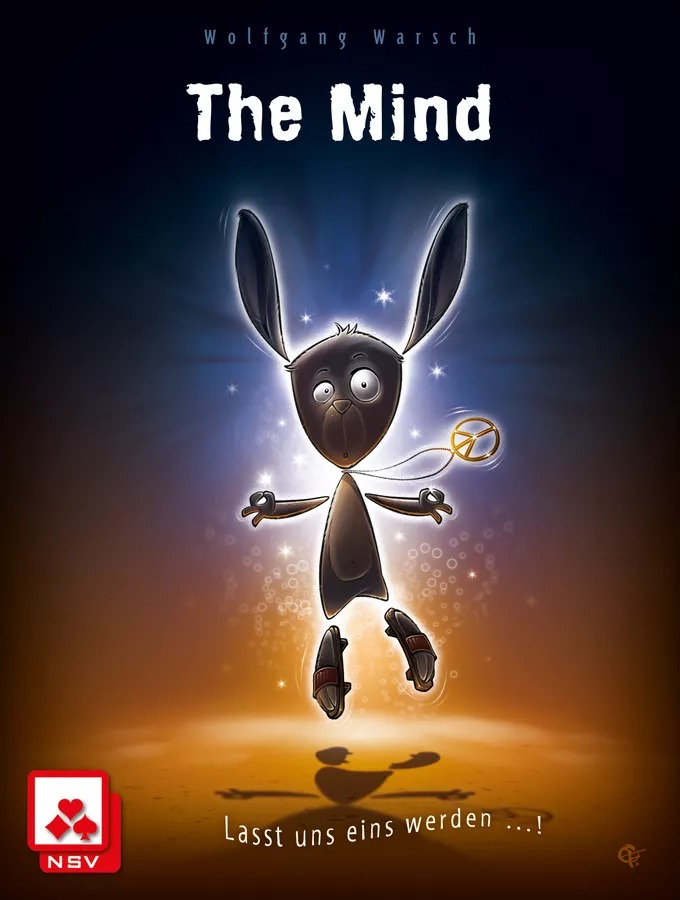
The Mind (Pandasaurus Games, 2–4 players, 15 minutes) – Looking for a little less deduction in your life? Instead of something big and complex like Captain Sonar, try The Mind from Pandasaurus Games. It could be the simplest game you’ve played since Peekaboo. You start with a deck of cards numbered 1–100. In the first round, everyone gets one card. Then you have to put them in the middle of the table in ascending order. But here’s the catch: you can’t communicate with the other players. At all. All you can do is look at them and try to time your card as best you can. If you get all the cards down in the correct order, you win the round. In the next round, you each get two cards. Then three. And so on. If someone plays a card higher than a card in your hand, your team loses a life. Lose lives equal to the number of players and you’re out. Make it through the required number of rounds based on your player count and you win. It doesn’t get much simpler than that. But it’s strangely addicting.
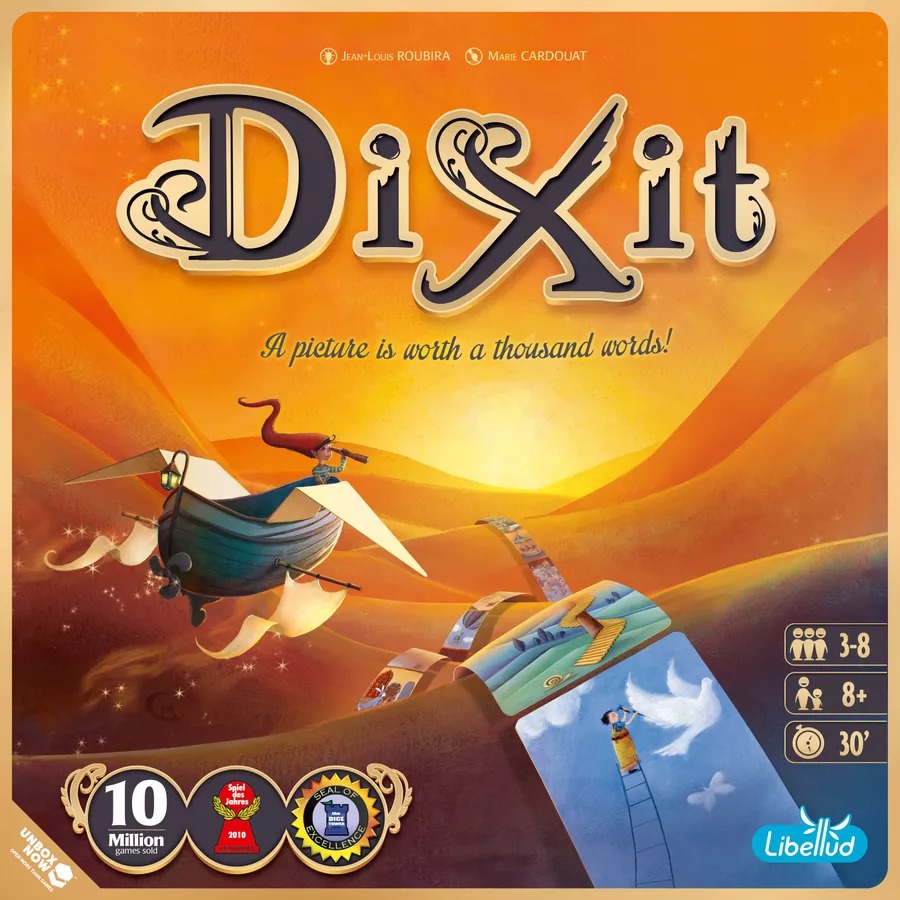
Dixit (Libellud, 3–6 players, 30 minutes) – How about a game where there’s really no winning or losing? I mean, sure, there are points in Dixit and you can win. But it’s so much more about the experience of playing than it’s about competition. Each round of Dixit is simple: one person says a word or a phrase, and everyone lays down a card that they think matches that word. It’s sort of like Apples to Apples. But instead of everyone choosing a card with a word on it, the cards show gorgeous, abstract art. Every piece of art has many different parts, opening the way for a wide variety of potential meanings. For example, one card shows a snail facing a huge, spiraling set of stairs. That could mean lots of things. You might focus on the snail. Or the stairs. Or the fact that the stairs or spiraling. Or the bucolic background. The levels of meaning are complex and can get very deep. They can also be superficial, tenuous, and ridiculous. You do keep score throughout the game, but to be honest, I can’t even remember how to do it. It really is one of those games that you don’t play to see who wins.
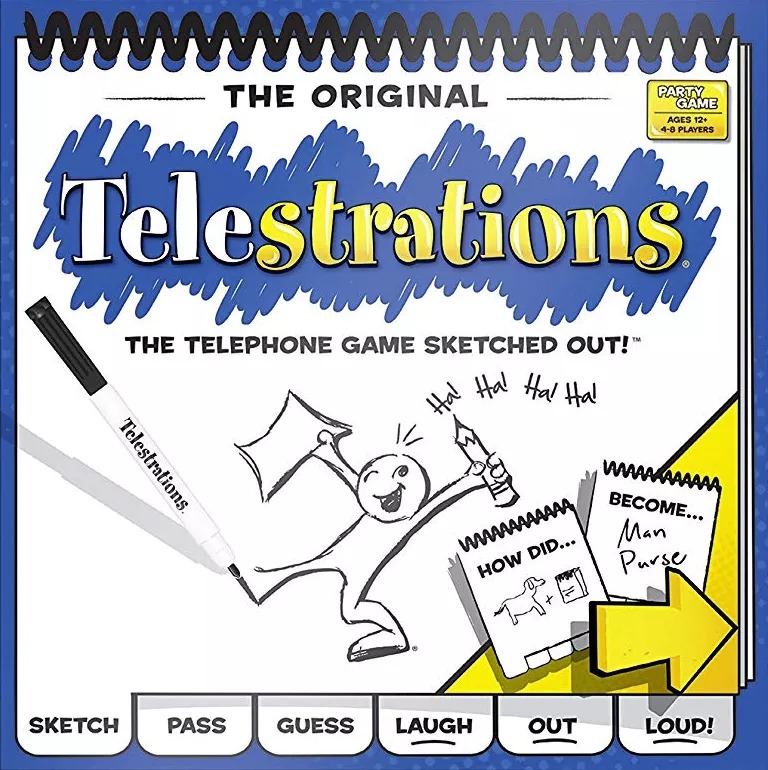
Telestrations (The Op, 4–8 players, 30 minutes) – If you were to combine the old game of Telephone with Pictionary, you’d get Telestrations. (In fact, I first learned this game as “Telephone Pictionary” and just used a few sheets of paper.) At the beginning of each round, everyone rolls a die and receives a word. They draw a picture of that word, then pass their board to the next player. The next player writes what they think the picture shows. Then they pass it, and the next person draws that word (which may or may not match the original word). By the end of the round, everyone’s original idea has been mangled — and looking back through the history of words and images is hysterically funny. It’s a really simple idea, but it never fails to entertain.
Any Game Can Be a Party Game
These games are great for groups that like goofy games that put you in funny situations. But any game can be a party game — it just needs to fit the number of people you have and their taste in games. No matter what kind of game group you have, though, it’s good to have some of these on standby for your next gathering.





